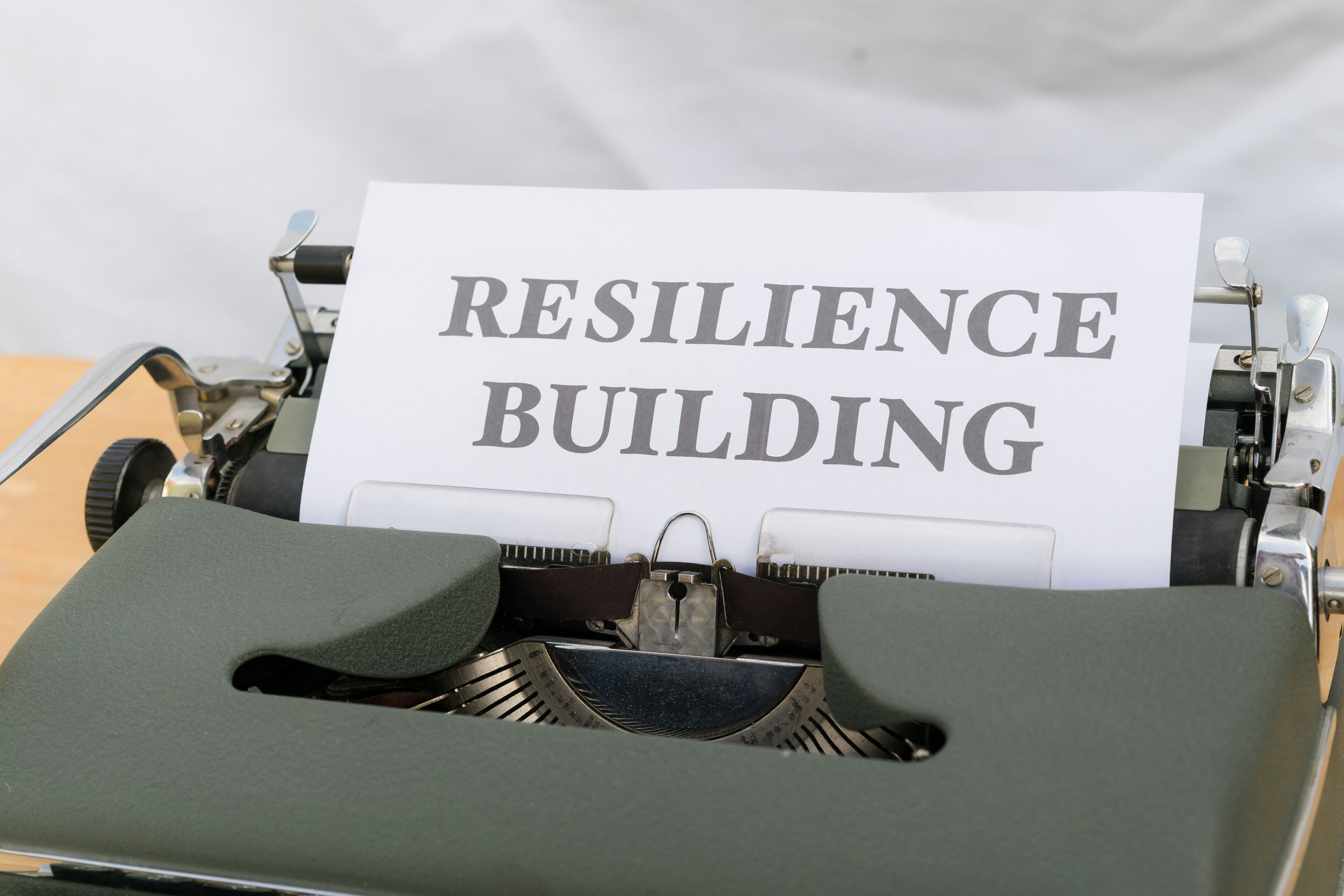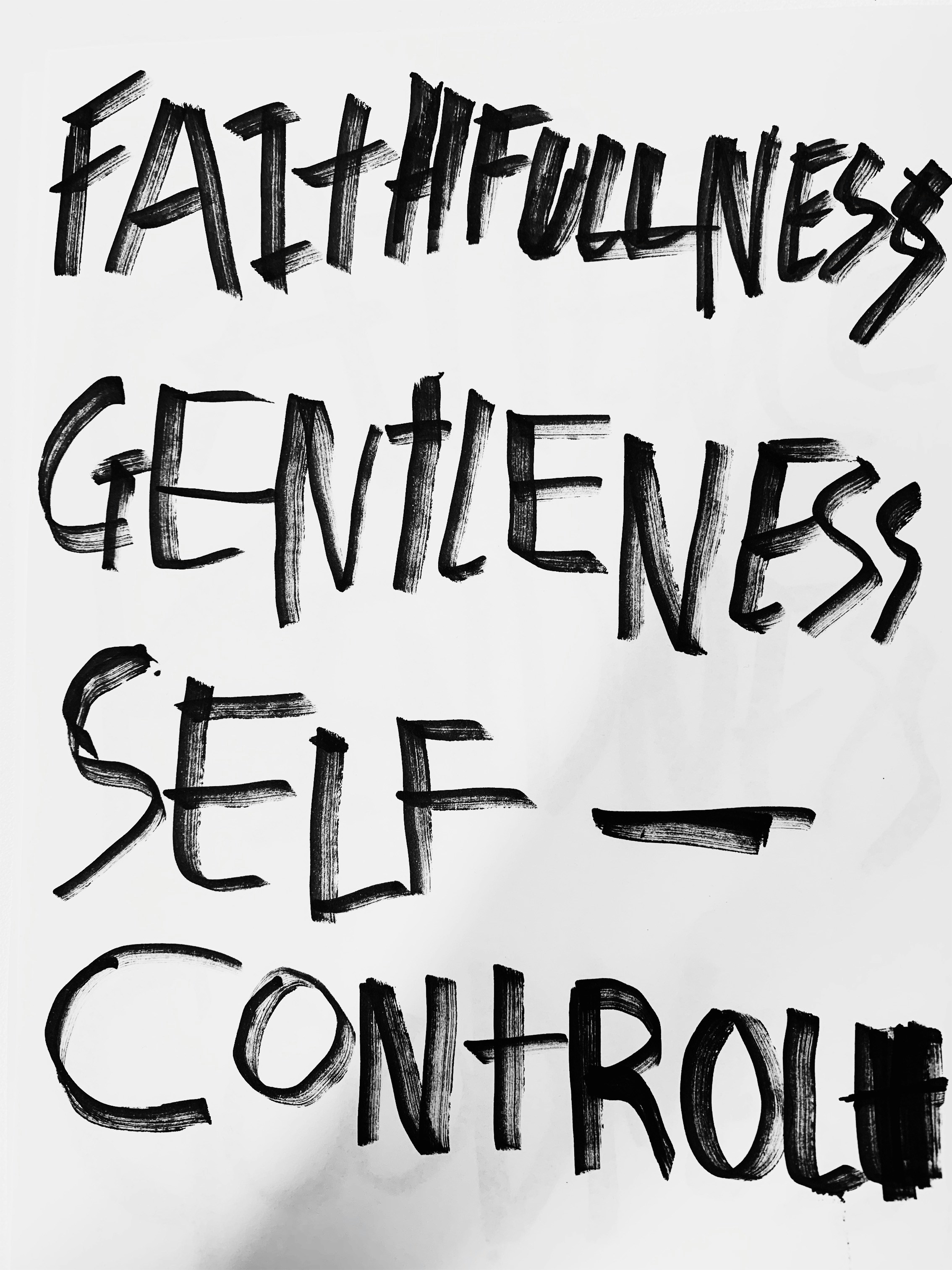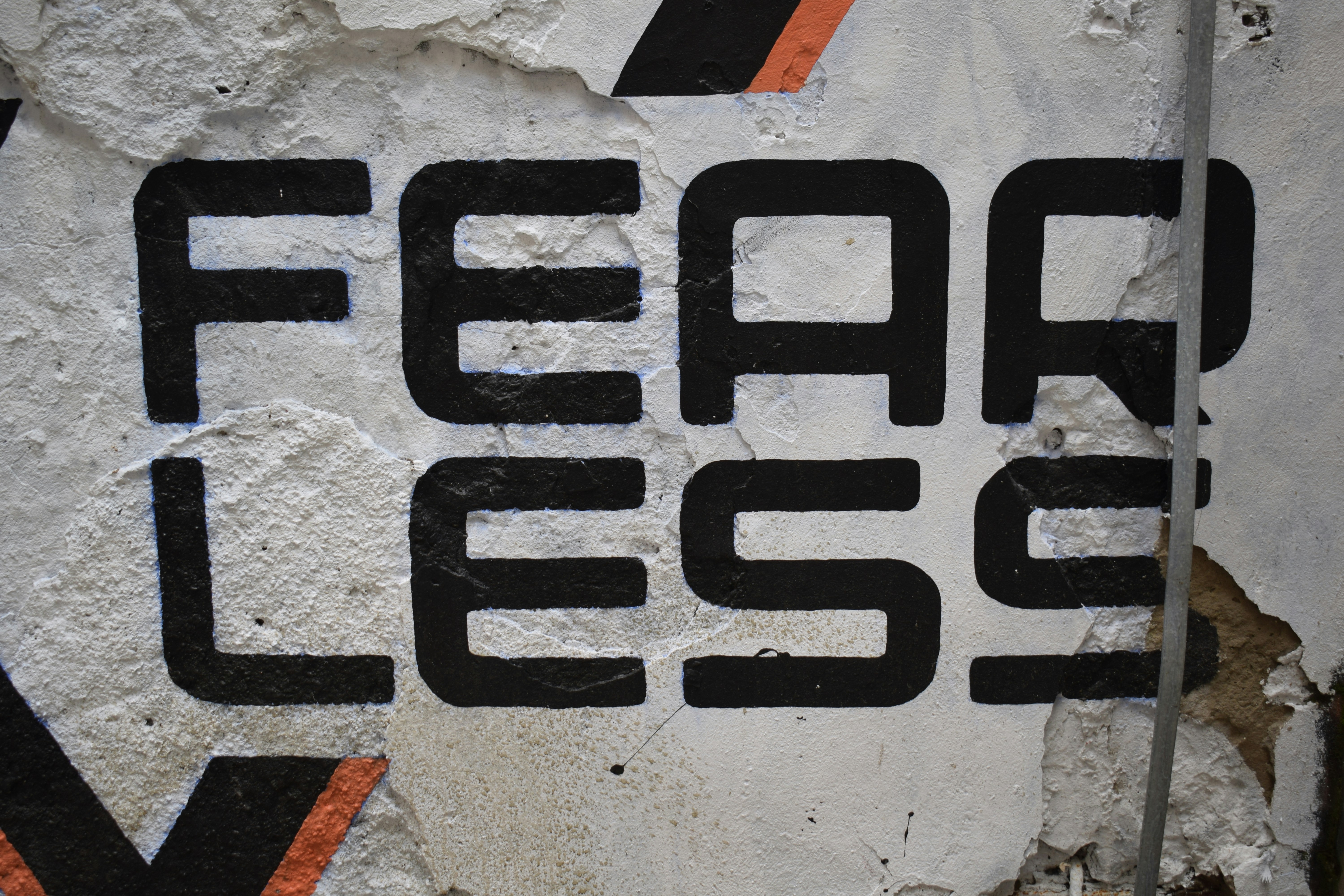Understanding the Concept of Future Self
The concept of envisioning one’s future self is a transformative approach that plays a significant role in personal growth and self-improvement. Recognizing the connection between self-perception and identity can provide profound insights into how individuals can progress towards their goals. By picturing an ideal version of oneself, one engages in a form of cognitive and emotional planning that can lead to tangible changes in behavior and decision-making.
When individuals contemplate their future selves, they create a mental image that embodies their aspirations, values, and desired outcomes. This vision serves as a powerful motivational tool that can guide choices and actions in the present. The clarity that comes from defining what one aspires to be fosters a sense of purpose and direction, influencing everyday decisions to align more closely with long-term aspirations. For instance, envisioning a future self who is healthy and fit may inspire immediate lifestyle changes, such as improved eating habits or regular exercise.
Moreover, by consciously picturing their future selves, individuals can cultivate a stronger sense of accountability. This self-integration process enhances the alignment between current behaviors and future aspirations, creating a more cohesive identity narrative. It encourages people to not only set achievable goals but also to reflect on their journey and reassess their actions in light of their envisioned future. Additionally, studies have shown that individuals who actively engage with their future selves are better equipped to manage challenges and maintain motivation over time.
Ultimately, understanding and nurturing the concept of one’s future self facilitates a deeper connection to the core values that drive personal transformation. By fostering this relationship, individuals can make informed choices that resonate with their true identity, paving the way for a fulfilling and meaningful life.
The Identity Shift: Connecting Actions to Self-Perception
Identity shifting is a transformative process that allows individuals to cultivate a self-concept aligned with their future aspirations. This shift is pivotal for facilitating personal development, as it bridges the gap between who we are currently and who we aim to become. When we redefine our identity, our actions begin to reflect this new self-perception, compelling us to adopt behaviors that are congruent with our future goals.
One effective strategy to initiate this identity shift is through visualization techniques. Visualization involves mentally picturing the person you aspire to be and immersing yourself in the emotions and settings associated with that identity. By vividly imagining the characteristics, skills, and experiences of your future self, you reinforce the belief that you are capable of embodying this version of yourself. Regular practice of this technique can lead to a subconscious integration of these desired traits into daily life, resulting in more deliberate actions that align with your envisioned identity.
Additionally, affirmations serve as powerful tools for reinforcing the new identity. Affirmations are positive statements that support your transformation, helping to rewire negative thought patterns. Crafting specific affirmations that encapsulate your future self—such as “I am confident and successful in my endeavors”—can instill a sense of self-belief and positivity. Repeating these affirmations daily can further anchor your identity shift, promoting consistent behaviors that reflect your aspirations.
By implementing these practical strategies, individuals can begin to see themselves not just as who they are today, but as the successful and accomplished versions of themselves that they aim to become. As your self-perception evolves, so too will your actions, creating a feedback loop that fosters ongoing personal growth and development.
Scarcity vs. Abundance Mindset: How It Shapes Your Future Self
The concept of mindset plays a crucial role in determining how we perceive ourselves and the opportunities around us. At the core of this discussion are two contrasting viewpoints: the scarcity mindset and the abundance mindset. Individuals with a scarcity mindset often feel that resources are limited, leading to feelings of fear and competition. This perspective can be detrimental as it constrains individuals from fully embracing their potential, creating a vision of the future self that is narrow and fearful. Conversely, an abundance mindset promotes the belief that there are ample resources and opportunities available. This empowering view enables individuals to envision a brighter and more expansive future.
Adopting an abundance mindset can greatly influence one’s identity transformation. When individuals recognize the wealth of possibilities available to them, they are more likely to take risks and pursue their aspirations, thereby reshaping their self-image. This shift in perspective encourages a proactive approach to life, empowering people to engage in personal growth and self-improvement. With an abundance mindset, setbacks are viewed not as failures but as opportunities for learning and growth, fostering resilience and adaptability.
To cultivate an abundance mindset in daily life, several strategies can be employed. Practicing gratitude is one effective method; by focusing on what one has rather than what is lacking, individuals can shift their focus toward abundance. Additionally, surrounding oneself with optimistic influences, whether through relationships, media, or literature, can reinforce this positive outlook. Engaging in positive affirmations can also serve as a powerful tool, reprogramming the subconscious mind to embrace abundance. By consciously making these shifts, individuals not only enhance their view of life but also pave the way for a more fulfilling and successful identity transformation.
Practical Steps to Embody Your Future Self Today
Embarking on the journey to become your future self requires a thoughtful and structured approach. By implementing specific daily habits, engaging in goal-setting exercises, and leveraging accountability strategies, you can actively bridge the gap between your current identity and the person you aspire to be.
Firstly, daily habits form the foundation for transformation. Consider adopting a morning routine that sets a positive tone for your day. This could include practices such as meditation, journaling, or physical exercise, which can enhance mental clarity and emotional resilience. Incorporating mindfulness techniques can also help in aligning your thoughts and actions with the individual you wish to become. For instance, visualizing your future self in a calm, focused state can reinforce your aspirations and motivate you to take action.
Secondly, goal-setting exercises are critical in mapping out your transformation. It is beneficial to establish SMART goals—specific, measurable, achievable, relevant, and time-bound—that correspond with your vision of your future self. Break these goals into smaller, actionable steps, which makes them less daunting and easier to integrate into your daily life. Implementing weekly reviews to assess your progress can also enhance your focus and ensure you stay on course.
Moreover, accountability strategies can significantly amplify your efforts. Consider finding an accountability partner or joining a support group, where individuals share similar goals. This collaborative environment fosters motivation and provides a platform for celebrating achievements, however small they may be. Setting regular check-ins or progress updates can reinforce commitment and help you navigate challenges more effectively.
Implementing these practical steps will provide you with the necessary tools to embody your future self today, initiating a shift in identity that is both meaningful and enduring.





